Beeline Reader (learn more) uses subtle colour gradients to help you read more quickly and efficiently.
Is it wrong to tell fictional stories about the Holocaust? A new TV show about vigilante justice has been accused of sensationalising the genocide of millions for entertainment purposes.
Prisoners stand on scattered squares across a giant chess board. One by one, they are ordered to move around the grid as human pawns. When the time comes to take a “piece” from the board, their sadistic captors order them to kill one another.
This cruel game of human chess is a shocking and evocative depiction of evil perpetrated in Auschwitz. But there’s just one catch: it never happened.
The sequence, which appears in Amazon’s new series Hunters, has been criticised this week by several Jewish groups. The 10-part drama starring Al Pacino follows a vigilanteA person who tries in an unofficial way to prevent or punish crime. They do not have any legal authority. group in the 1970s that tracks down hundreds of escaped Nazis living in the US, and brings them to justice.
While the show is advertised as a fictional drama, it has been accused of “Jewsploitation” for its depiction of Auschwitz, where an estimated one million people were murdered.
Karen Pollack, chief executive of the Holocaust Educational Trust, called the fictional scene “flippant entertainment”. The Auschwitz Memorial has condemned it as “foolishness” and “caricatureAn exaggerated description or picture of someone.“.
Hunters comes in an important year. In January, over 200 survivors – many in their 90s – gathered at Auschwitz to mark the 75th anniversary of its liberation. The former extermination camp in Poland was part of the Nazi campaign to eradicate Jews from Europe. Despite this, anti-Semitism and Holocaust denial are growing. With so few surviving witnesses to the Holocaust, the Auschwitz Memorial claims that authors and artists have an obligation to stick to documented accounts of survivors, warning that the invention in Hunters “welcomes future deniers”.
Producer David Weil responded that he did not wish to misrepresent “specific, real acts of trauma”, adding, “Symbolic representations provide individuals access to an emotional and symbolic reality that allows us to better understand the experiences of the Shoah.”
Weil’s show has ex-Nazi officials in powerful positions conspiring to create a Fourth Reich in America. While this did not take place, Hunters does draw on historical fact. NasaThe National Aeronautics and Space Administration, responsible for the US space programme. knowingly employed Nazis after the war, and officials in death camps did play cruel games with their prisoners. While many argue the chess scene is in bad taste, it certainly reminds its viewers of the scale of evil taking place at Auschwitz.
So, is it wrong to tell fictional stories about the Holocaust?
Telling tales
Some would say the Holocaust is off-limits when it comes to fiction. The true stories are enough to tell us what happened, anything else becomes unnecessary, morbid entertainment. At best, such fictions run the risk of becoming the accepted version of history. At worst, they can encourage Holocaust deniers to suggest that true accounts are also simply fictional.
Of course it isn’t wrong, others argue. We should value art for how it affects us, whether or not it is based on fact. Fiction has long been a medium for understanding the world. It prompts us to think about the most important issues and empathise with characters on a deeper level. Fictional stories about the Holocaust bring to life the horrors of what happened, which can be difficult to imagine.
Keywords
Vigilante – A person who tries in an unofficial way to prevent or punish crime. They do not have any legal authority.
Caricature – An exaggerated description or picture of someone.
Nasa – The National Aeronautics and Space Administration, responsible for the US space programme.
Cite
While every effort has been made to follow citation style rules, there may be some discrepancies. Please refer to the appropriate style manual or other sources if you have any questions.



 An examination of previous allegations of anti-semitism and Amazon’s reactions.
An examination of previous allegations of anti-semitism and Amazon’s reactions.  An illuminating TED talk on Holocaust Denial, truth, lies, and fake news.
An illuminating TED talk on Holocaust Denial, truth, lies, and fake news. 










